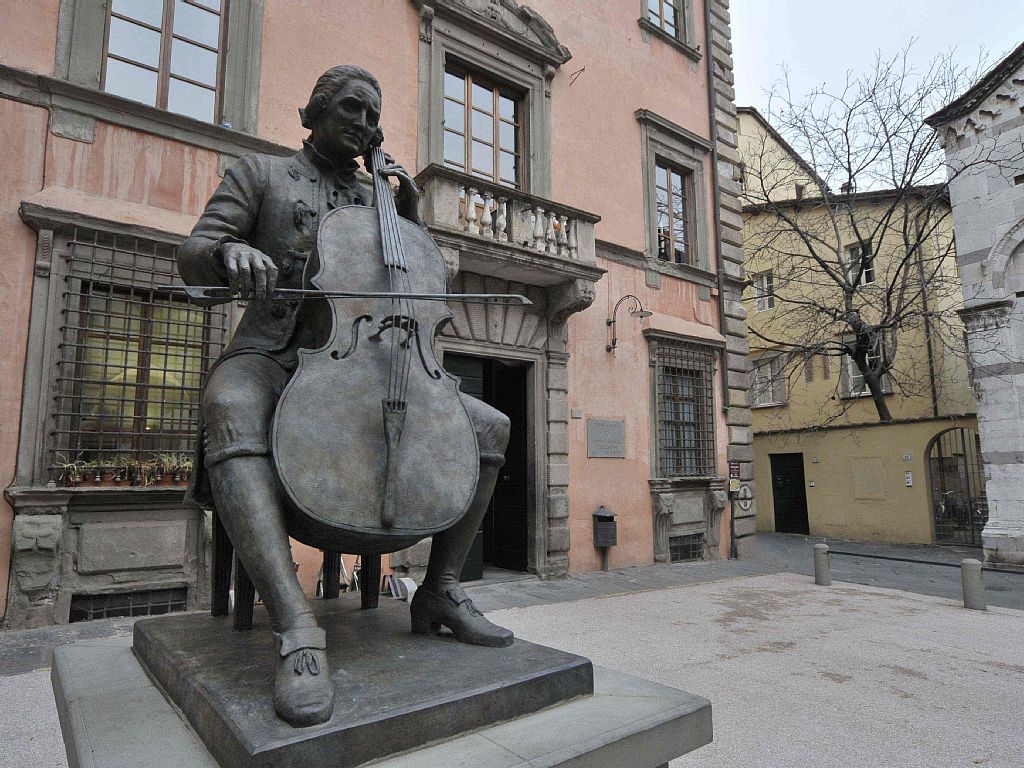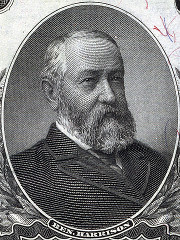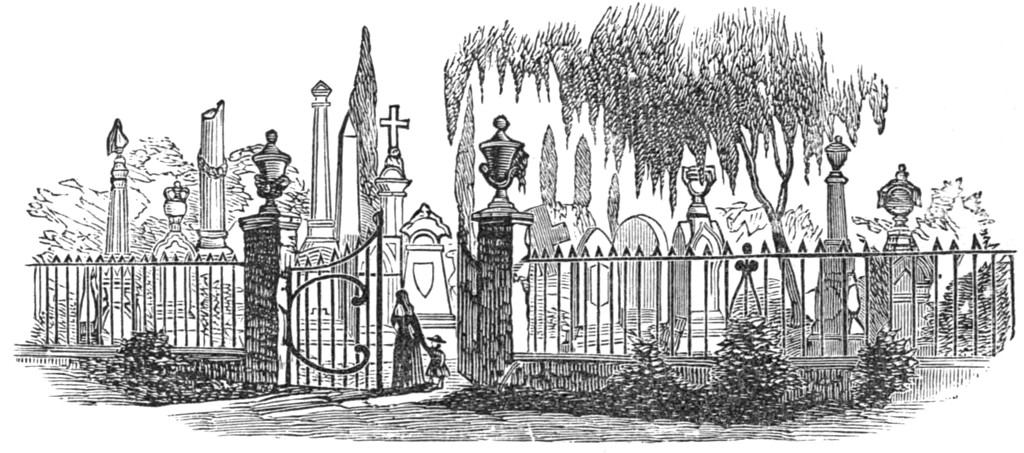Guido Nazzo, an Italian tenor of the 1930s, sang only once in New York and received but one review: ‘Guido Nazzo: nazzo guido.’
— Willard R. Espy, Another Almanac of Words at Play, 1981
Guido Nazzo, an Italian tenor of the 1930s, sang only once in New York and received but one review: ‘Guido Nazzo: nazzo guido.’
— Willard R. Espy, Another Almanac of Words at Play, 1981

The Hall of Justice, as it appears in DC Comics, was modeled on a train station.
The Super Friends television series, in which the fortress first appeared in 1973, was produced by Cincinnati’s Hanna-Barbera, and background supervisor Al Gmuer based it on Union Terminal, a local landmark.
(Thanks, Steven.)

In 2017 research scientist Janelle Shane tried to train a neural network to name kittens:
Jeckle
Elbent
Jenderina
Roober
Snorp
Snox Boops
Cylon
Sookabear
Jexley Pickle
Toby Booch
Snowpie
Big Wiggy Bool
Mr Whinkles
Licky Cat
Mr Bincheh
Maxy Fay
Mr Gruffles
Liony Oli
Lingo
Conkie
Lasley Goo
Marvish
Mag Jeggles
Corko
Maggin
Mcguntton
Mara Tatters
Mush Jam
Tilly-Mapper
Mr. Jubble
Mumcake
Muppin
Bonus: At one point she accidentally trained the network on a dataset of character names from Tolkien, George R.R. Martin, and other fantasy authors and got Jarlag, Mankith, Andend of Karlans, and Mr. Yetheract. See the full list.

The Guinness Book of Music Facts & Feats nominates Luigi Boccherini as “the most ingratiating composer”: In nearly 600 works comprising 1400 movements, the following directions appear:
“Also to be found are Armonico (‘harmoniously’), con innocenza (‘with innocence’), piacere (‘pleasingly’), and allegretto gentile (‘not too fast, lightly and cheerfully,’ ‘pleasingly,’ ‘elegantly,’ ‘gracefully’), together with hundreds of directions calling for very quiet playing (pp and pp sempre).”
For comparison, Appassionato (“passionately”) appears only 8 times, con brio (“with fire”) only 6 times, and con forza (“with force”) only once.

Higgledy-piggledy,
Benjamin Harrison
Twenty-third president
Was and, as such,
Served between Clevelands and,
Save for this trivial
Idiosyncrasy,
Didn’t do much.
— John Hollander

In 1905 Winchester Cathedral was in danger of collapsing as its eastern end sank into marshy ground. The surprising solution was to hire a diver, who worked underwater for five years to build a firmer foundation for the medieval structure. In this week’s episode of the Futility Closet podcast we’ll tell the story of William Walker and his curious contribution to saving a British landmark.
We’ll also contemplate a misplaced fire captain and puzzle over a shackled woman.

Now if mouse in the plural should be, and is, mice,
Then house in the plural, of course, should be hice,
And grouse should be grice and spouse should be spice
And by the same token should blouse become blice.
And consider the goose with its plural of geese;
Then a double caboose should be called a cabeese,
And noose should be neese and moose should be meese
And if mama’s papoose should be twins, it’s papeese.
Then if one thing is that, while some more is called those,
Then more than one hat, I assume, would be hose,
And gnat would be gnose and pat would be pose
And likewise the plural of rat would be rose.
— Author unknown
In 1894 Sir Francis Galton devised this simple machine to demonstrate the central limit theorem: Beads inserted at the top drop through successive rows of pegs, bouncing left or right as they hit each peg and landing finally in a row of bins at the bottom. Though the path of any given bead can’t be predicted, in the aggregate they form a bell curve. Delighted with this, Galton wrote:
Order in Apparent Chaos: I know of scarcely anything so apt to impress the imagination as the wonderful form of cosmic order expressed by the Law of Frequency of Error. The law would have been personified by the Greeks and deified, if they had known of it. It reigns with serenity and in complete self-effacement amidst the wildest confusion. The huger the mob, and the greater the apparent anarchy, the more perfect is its sway. It is the supreme law of Unreason. Whenever a large sample of chaotic elements are taken in hand and marshalled in the order of their magnitude, an unsuspected and most beautiful form of regularity proves to have been latent all along.

Epitaphs gathered by Gyles Brandreth for Famous Last Words and Tombstone Humor, 1989:
Underneath this pile of stones
Lies all that’s left of Sally Jones.
Her name was Briggs, it was not Jones,
But Jones was used to rhyme with stones.
(Skaneateles, New York)
Here lieth
Mary — the wife of John Ford
We hope her soul is gone to the Lord
But if for Hell she has changed this life
She had better be there than be John Ford’s wife
1790
(Potterne, Wilstire, England)
Old Thomas Mulvaney lies here
His mouth ran from ear to ear.
Reader, tread lightly on this wonder,
For if he yawns you’re gone to thunder.
(Middlefield, Massachusetts)
Sacred to the memory of
Henry Harris
Born June 27, 1821, of Henry Harris
and Jane, His Wife. Died on the 4th
of May, 1837, by the kick of a
Colt in his bowels.
Peaceable and quiet, a friend to his
father and mother, and respected by all
who knew him, and went to the world
where horses do not kick, where sorrow
and weeping is no more.
(Williamsport, Pennsylvania)
Here lies I —
Jonathan Fry —
Killed by a sky-
Rocket in my eye-
Socket.
(Frodsham, Cheshire, England)
Julia Adams.
Died of thin shoes,
April 17th, 1839, aged 19 years.
(New Jersey)
A stone in Litchfield, Connecticut, reads, “Sacred to the memory of inestimable worth of unrivalled excellence and virtue, N.R., whose ethereal parts became seraphic, May 25th, 1767.”
Actress Marilu Henner has hyperthymesia, or highly superior autobiographical memory, a rare condition that permits her to recall nearly every day of her life in almost perfect detail. She’s one of only six cases that have been confirmed in peer-reviewed articles.
“It’s like putting in a DVD and it cues up to a certain place,” she told CBS. “I’m there again. So, I’m looking out from my eyes and seeing things visually as I would have that day.”
Her earliest memory is of her own baptism. “My godmother was a nun, and so she’d talk about my baptism all the time,” she said. “Even as a tiny child, I could recall that event. I know people don’t believe me, but it’s really true.”